Embarking on your matcha journey? We’ve all been beginners, curious and slightly overwhelmed by this vibrant green powder. As a long-time tea aficionado, I’m here to guide you through the mystical world of matcha green tea powder. From its unique production process to its multiple health benefits, this comprehensive guide has everything you need to start your own matcha adventure. So, grab a cup of tea and join me as we delve into the energizing, healthy world of matcha.
Everything You Need
History of Matcha Green Tea Powder

Matcha, as I came to appreciate, isn’t just a type of tea. Its roots stretch back to ancient Japan, where it was a central part of the traditional tea ceremony, also known as Chanoyu. This ceremonial practice was far from simple tea brewing. It was a philosophical experience weaving together respect, purity, tranquility, and harmony.
From its sacred beginnings, matcha has evolved and stepped out onto the global stage, becoming a beloved ingredient in cafes and kitchens worldwide. It’s quite the journey for these shade-grown tea leaves, wouldn’t you agree?
What is Matcha Green Tea Powder
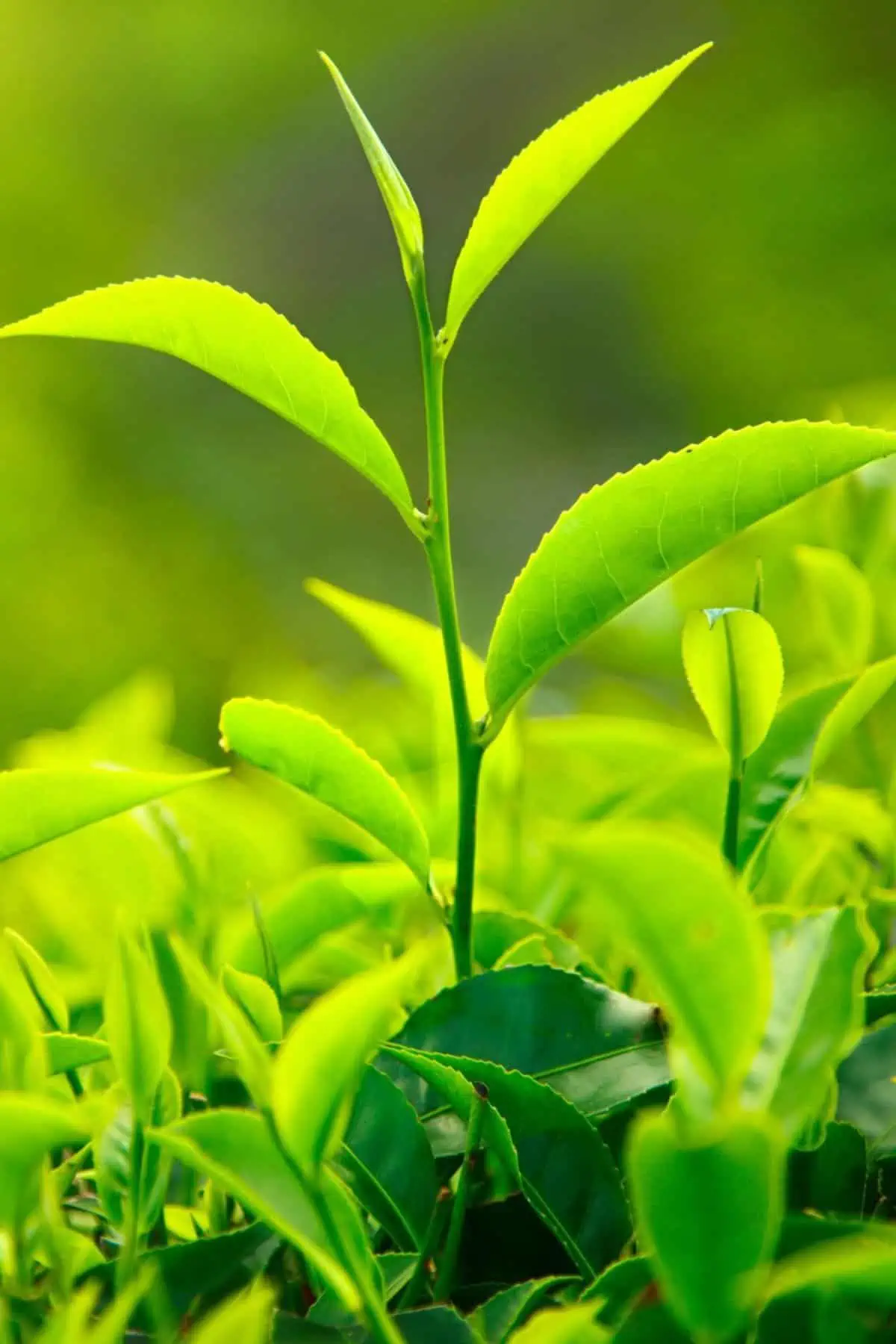
At its core, matcha is finely milled green tea powder. However, it’s not just any green tea leaves that make the matcha grade. These are shade-grown, a method that increases chlorophyll and L-Theanine levels. This process is what gives matcha its unique, bright green color and distinctive flavor profile.
The end product? A powder that’s more than tea. It’s a versatile ingredient, a health booster, and a flavor like no other. It’s fresh yet subtly sweet, with a slight umami kick, making it a joy to experiment with in the kitchen.
Production Process of Matcha
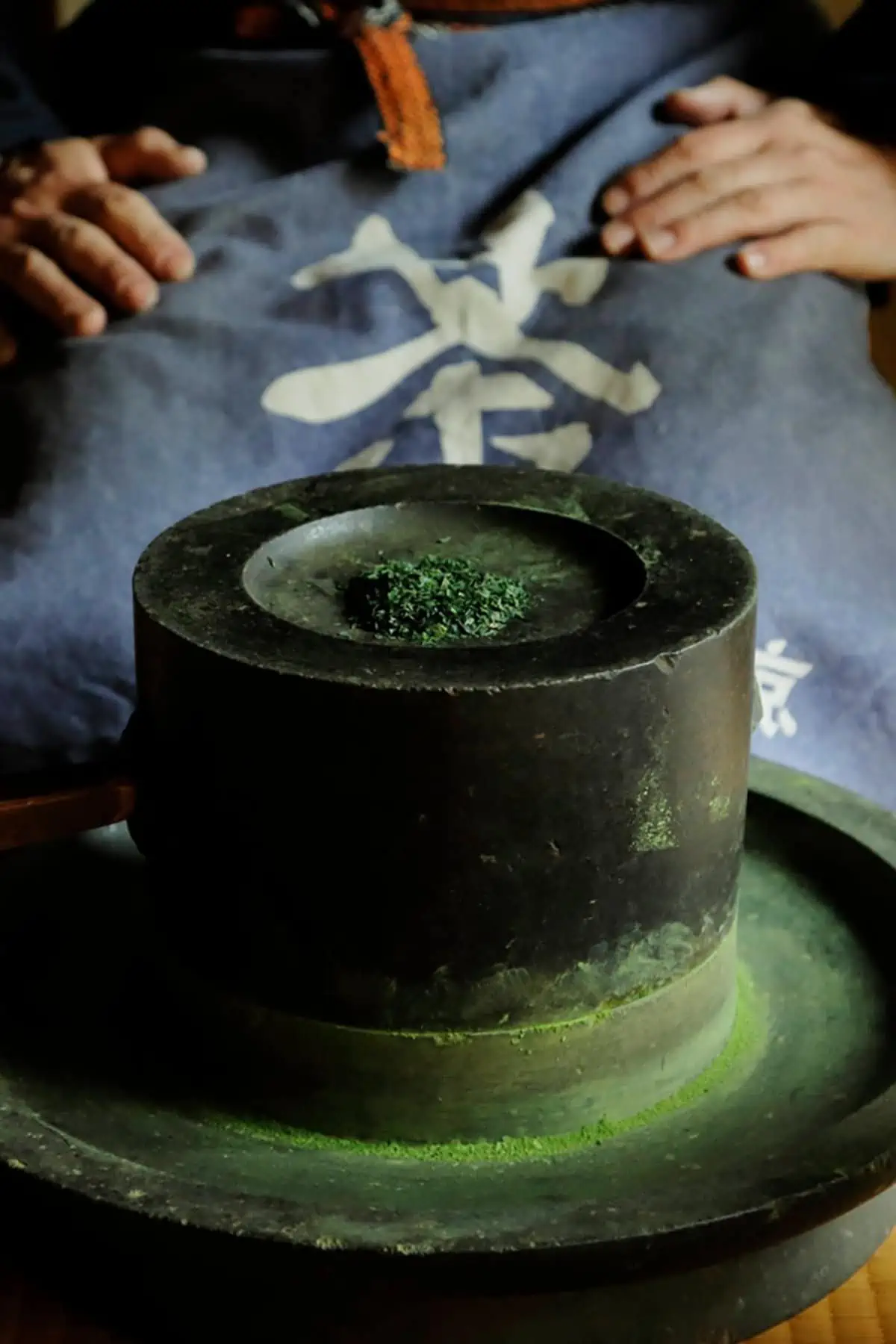
Cultivation
Matcha tea is sourced from a plant known as Camellia Sinensis, which is carefully cultivated under shades for 20 to 30 days before harvest. This shading technique increases chlorophyll and amino acids in the leaves, giving matcha its characteristic bright green color and unique taste.
Harvesting and Processing
Harvesting matcha is also an art, with the best leaves often hand-picked. Once harvested, the leaves are steamed to halt oxidation, air-dried, and meticulously destemmed and deveined. What remains, known as tencha, is the raw material for matcha.
Grinding
Tencha is then ground into a fine powder using granite stone mills. This slow, meticulous process ensures the cellular structure of the leaves is preserved, contributing to matcha’s signature texture and flavor.
Health Benefits of Matcha
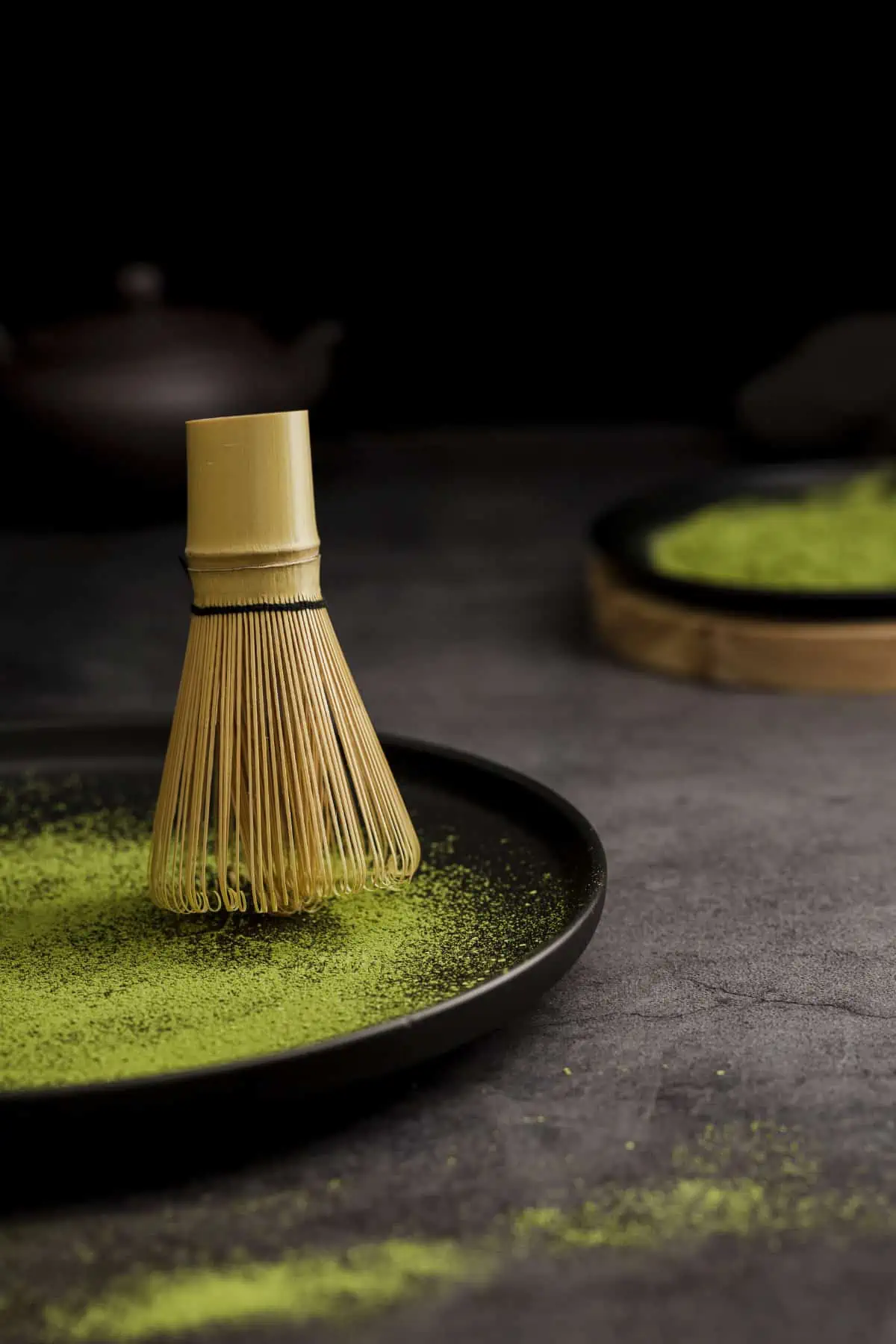
One thing I love about matcha is how much it benefits your health. The shade-growing process, as well as consuming the whole leaf, means you’re getting a potent dose of antioxidants, more than any other type of green tea.
One antioxidant in particular, EGCG, has been linked to potential cancer-fighting properties. Matcha also contains a compound called L-Theanine, which when combined with the powder’s natural caffeine profile, can help improve cognitive function.
It’s like a natural energy booster that doesn’t give you jitters. That’s a win in my book.
Different Grades of Matcha

Just like with wine, matcha comes in various grades, and the difference lies in the taste, color, texture, and best use.
The top grade is Ceremonial, used traditionally in tea ceremonies. It’s the highest quality and offers a vibrant green color and a sweet, delicate flavor. Premium grade is a step down, but still high-quality and great for daily consumption. Finally, Culinary grade is perfect for cooking and baking or adding to your matcha smoothies.
Understanding the difference between the grades will significantly improve your matcha experience, trust me.
Choosing Quality Matcha

Picking the right matcha powder can be a little daunting at first. Look for matcha that’s vibrant green, which indicates high chlorophyll levels, a sign of quality. It should also feel fine and silky to the touch.
Japanese matcha is often considered the gold standard due to its meticulous production process. However, not all matcha labeled as Japanese is of high quality, so always look for reputable brands.
Preparation of Matcha Tea
Traditional Japanese Method
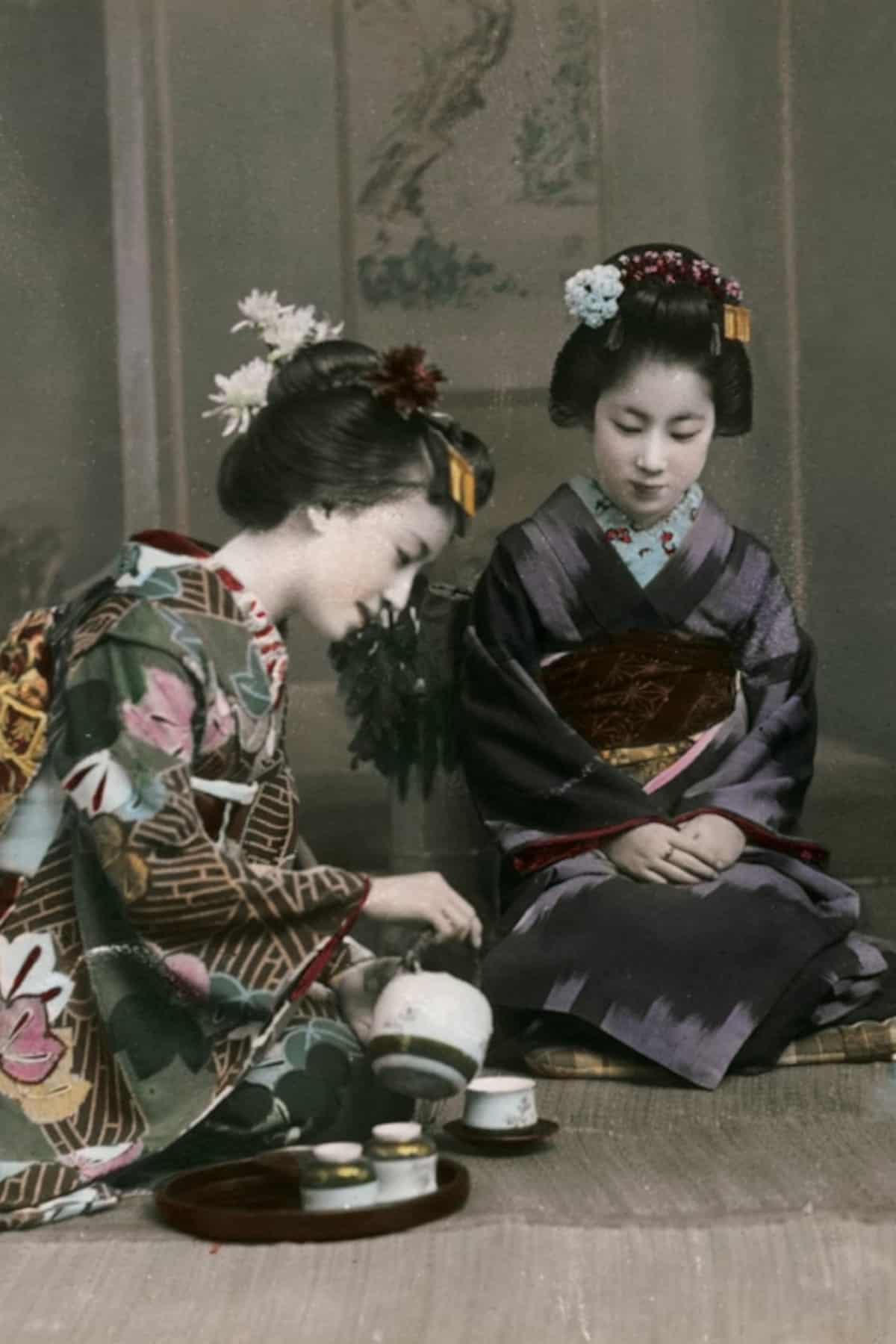
There’s something incredibly therapeutic about preparing matcha the traditional way. You’ll need a chawan (tea bowl), a chasen (bamboo whisk), and a chashaku (bamboo scoop). The process involves sifting the powder, adding hot water, and whisking vigorously until a froth forms on the surface.
Modern Methods

If you’re short on time, you can still make a great cup of matcha. Simply sift your matcha into a cup, add hot water, and use a whisk or a frother until well blended. Remember, the key to great matcha is a good froth on top!
Versatility of Matcha in Beverages
One thing that sets matcha apart is its versatility. It goes beyond the traditional tea. From iced matcha to matcha lattes, this powder adds a vibrant color and an energy boost to your drinks. It’s also great in baking and cooking, adding a unique flavor twist.
Storing Matcha
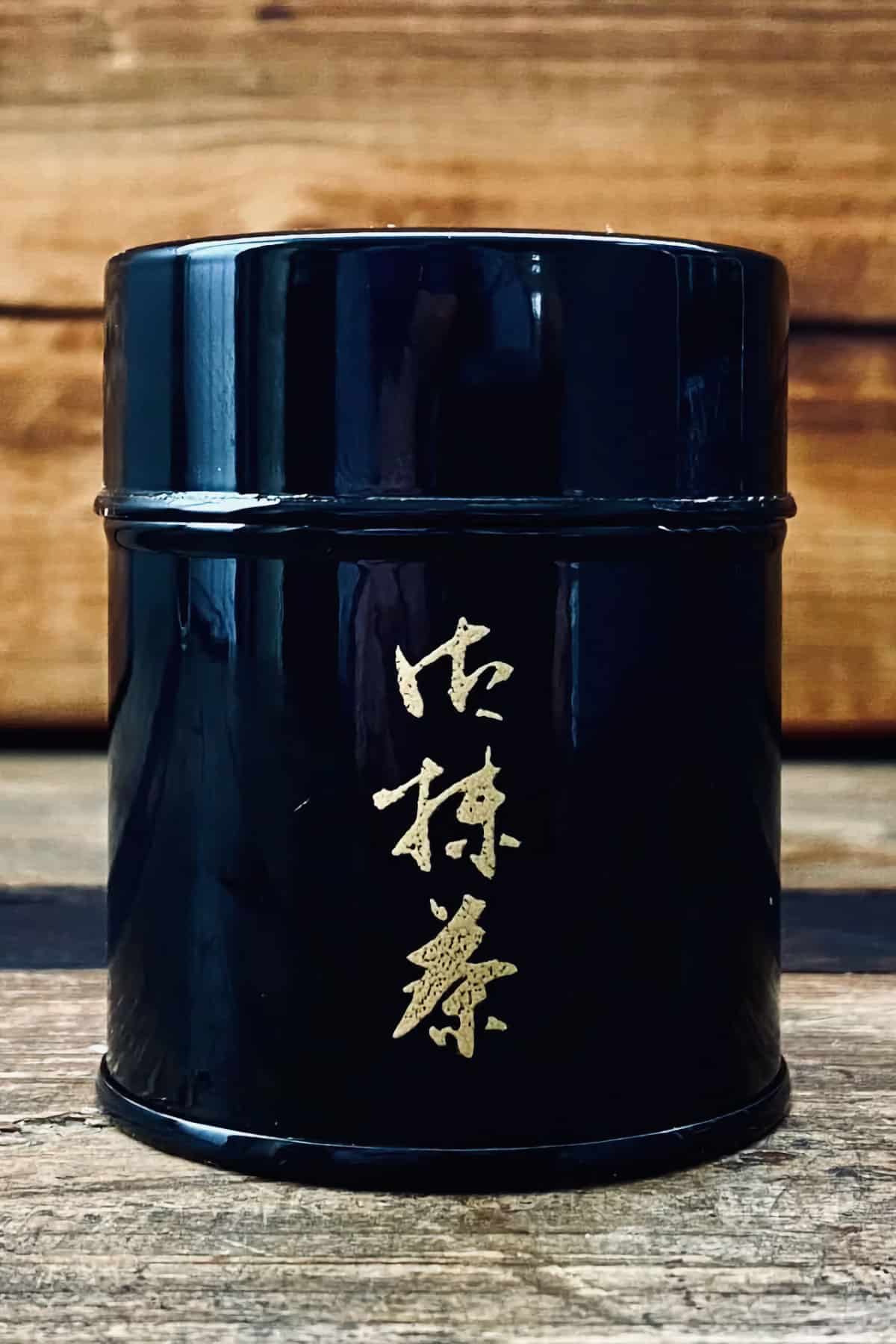
Like any other tea, storing matcha properly is crucial to maintain its freshness and flavor. Keep your matcha in a cool, dark place, ideally in an airtight container. Once opened, aim to consume it within 1-2 months to enjoy the best flavor.
Precautions and Side Effects
Despite its health benefits, it’s important to be aware of potential side effects of matcha, especially due to its caffeine content. Overconsumption may lead to symptoms like insomnia or upset stomach, especially if you’re sensitive to caffeine.
Pregnant and nursing women should consult a healthcare professional before adding matcha to their diet. As with everything, moderation is key when it comes to matcha consumption.
The Bottom Line
Matcha green tea powder is a truly fascinating and almost mystical ingredient that’s won my heart, and I believe it’ll win yours too. Its unique production process, health benefits, and versatility make it a must-try. Remember, a good matcha experience starts with choosing high-quality powder, so choose wisely. Now, go ahead, let your matcha journey begin!
Frequently Asked Questions About Matcha
Matcha green tea powder is a unique form of green tea hailing from Japan. Unlike regular green tea where the leaves are steeped in water and then removed, matcha involves grinding the whole tea leaves into a fine powder. This powder is then whisked into hot water to create a vibrant, nutrient-rich beverage
While both originate from the same plant, Camellia Sinensis, the growth and processing methods of matcha set it apart. Matcha tea bushes are shade-grown, which increases the chlorophyll and theanine content in the leaves, enhancing the taste and health benefits. After harvesting, the leaves are carefully ground into a fine powder, ensuring you consume the entire leaf and all its nutrients when you drink matcha.
What are the health benefits of matcha green tea powder?
Matcha is packed with antioxidants, specifically catechins, known for their cancer-fighting properties. It’s also rich in L-Theanine, an amino acid that promotes relaxation without drowsiness and improves focus and cognitive performance. Matcha can also boost metabolism and aid in weight loss, besides having heart-protective and detoxifying effects.
Preparing matcha is a simple yet mindful process. Begin by sifting 1-2 teaspoons of matcha powder into a bowl to remove any clumps. Pour in a small amount of hot (not boiling) water and use a bamboo whisk to mix the matcha into a smooth paste. Then, add more hot water and whisk briskly until the tea is frothy. The final product should be a smooth, rich, and creamy green tea.
Sources
Healthline: Website
WebMD: Website
